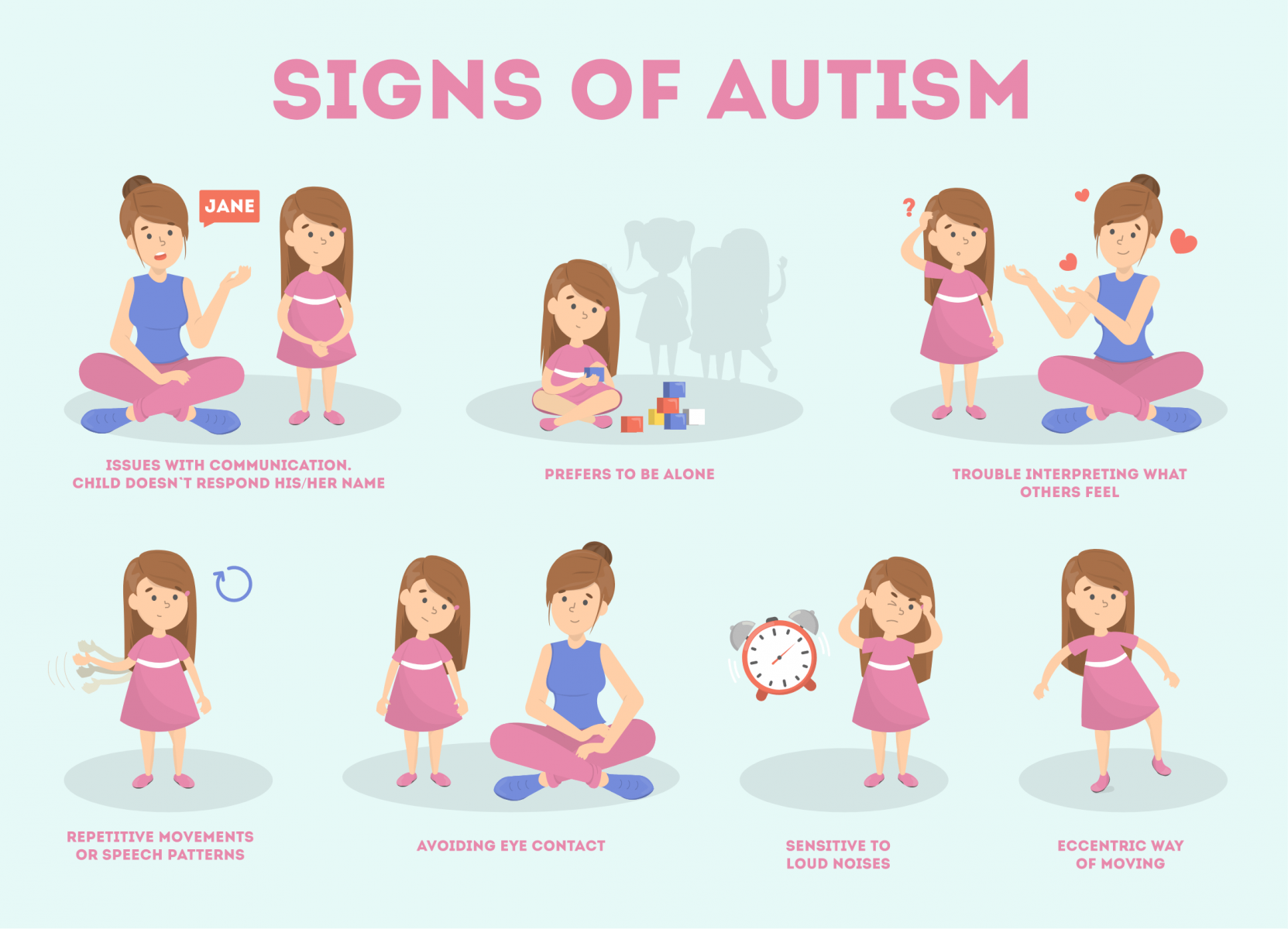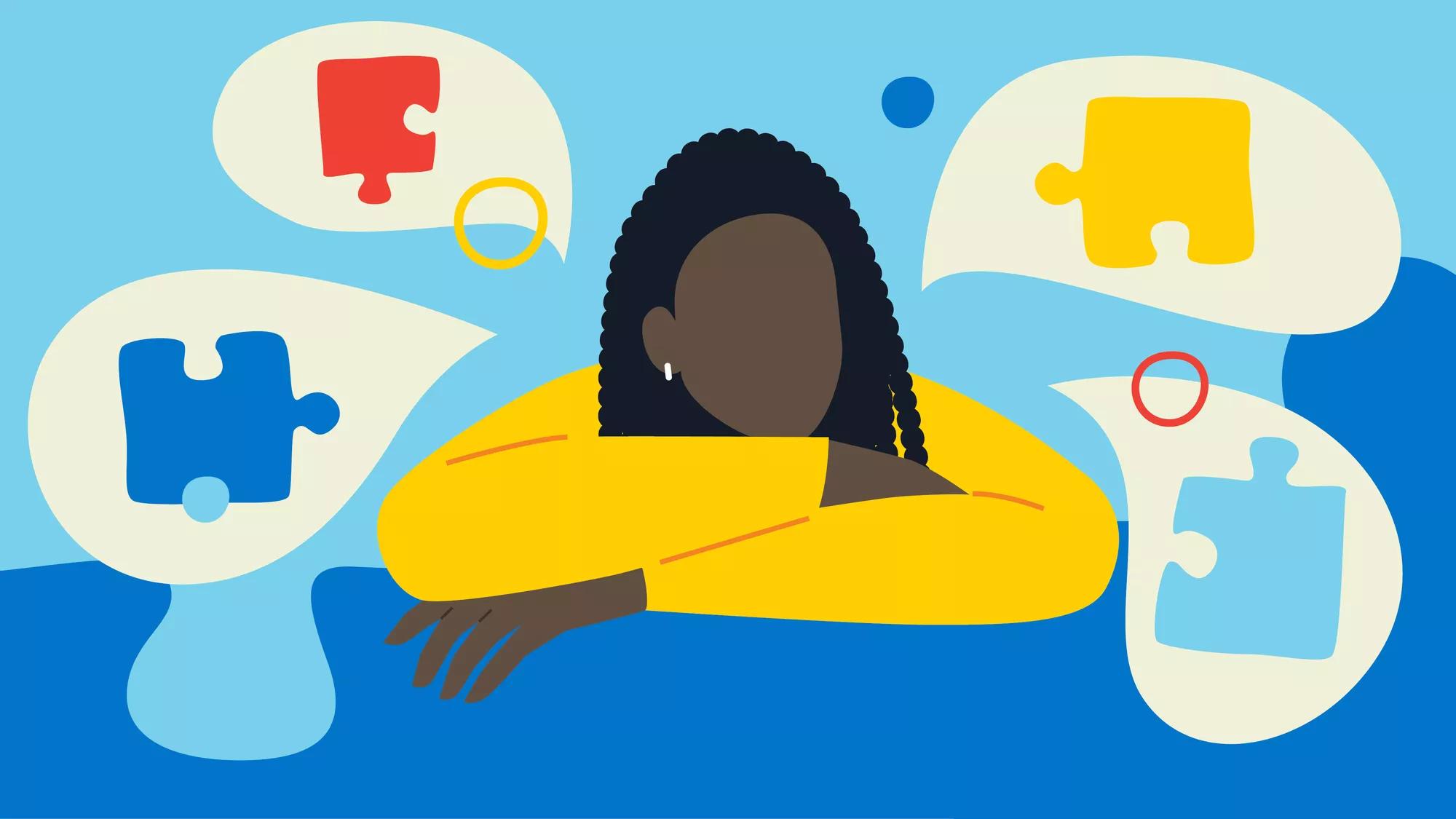Navigating Social Obstacles: Tips for People Living with Autism
Navigating Social Obstacles: Tips for People Living with Autism
Blog Article
Discovering Autism: Strategies for Efficient Interaction and Interaction
Efficient interaction and interaction with individuals on the autism range require a comprehensive understanding of their one-of-a-kind needs and preferences. The ins and outs of these methods reveal further factors to consider that merit exploration, especially in exactly how they can be adapted to diverse contexts and specific experiences.
Recognizing Autism Range Condition
Autism Range Problem (ASD) incorporates a variety of neurodevelopmental problems identified by obstacles in social interaction, communication, and repetitive behaviors. The term "spectrum" shows the diverse indications and varying levels of intensity experienced by people with ASD. While some may display substantial impairments, others may present high-functioning traits, enabling higher freedom in every day life.
The start of ASD commonly happens in very early childhood, with signs commonly well-known by age two. Early indications might consist of postponed speech advancement, minimal eye contact, and troubles in recognizing social signs. The specific etiology of ASD continues to be vague, research study suggests a mix of hereditary and environmental aspects plays an important function in its advancement.
Individuals with ASD often have special staminas, such as heightened focus to detail and outstanding memory skills. They might have a hard time with comprehending abstract ideas and managing modifications to routine - autism. As an outcome, interventions and assistance tailored to private needs are crucial for promoting interaction and social skills. Identifying the complexity of ASD is vital for promoting recognition, acceptance, and efficient strategies that assist in purposeful interactions with people on the range.

Significance of Clear Interaction
Reliable communication is crucial for cultivating understanding and connection, especially for people with Autism Range Problem (ASD) Clear communication not only helps with social communications yet additionally enhances the individual's capability to reveal their demands, ideas, and feelings. For people with ASD, the nuances of language can commonly be testing; consequently, making use of distinct and uncomplicated language is necessary.
In addition, clear interaction helps in reducing stress and anxiousness that might develop from misconceptions. When messages are communicated in a direct and consistent way, individuals with ASD are better furnished to analyze info precisely, which can considerably enhance their social engagement and engagement in different settings.
Developing routines and using aesthetic assistances can even more bolster clear interaction. These techniques offer people with predictable frameworks that assist comprehension and retention of details. Furthermore, actively paying attention and being patient throughout interactions advertises a supportive setting where individuals with ASD really feel valued and understood.
Inevitably, prioritizing clear interaction not only encourages individuals with ASD yet also cultivates more significant links with their peers, caregivers, and the wider neighborhood, leading the way for joint relationships and comprehensive interactions. - autism
Non-Verbal Communication Strategies
Communication prolongs past words, and for individuals with Autism Range Disorder (ASD), non-verbal hints play a significant function in communications. Non-verbal communication methods can consist of facial expressions, gestures, body movement, and eye call, all of which serve as essential components for communicating purposes and emotions.
Understanding and analyzing these non-verbal signals can enhance interactions with individuals with ASD. For example, a warm smile or open position can produce an inviting ambience, encouraging engagement. In a similar way, making use of aesthetic help-- such as image cards or symbols-- can bridge communication gaps and help convey messages better.
It is also important to be mindful of individual room, as people with ASD might have different comfort levels regarding proximity. Observing their responses to physical distance can notify suitable adjustments.

Producing Supportive Settings
Producing a supportive setting is important for fostering favorable interactions and boosting the well-being of people with Autism Spectrum Problem (ASD) Such environments can significantly minimize anxiety and produce a sense of security, allowing individuals to share themselves much why not try these out more openly.
To achieve this, it is important to think about sensory sensitivities that individuals with ASD may experience. Changing the physical space to consist of soft lights, very little history noise, and comfortable seats can develop a calming environment. In addition, using constant regimens and clear visual schedules can assist people anticipate transitions and minimize unpredictability, more promoting comfort.
Social areas need to be structured to decrease overwhelming stimulations while supplying chances for involvement in favored activities. Promoting areas designated for quiet time can additionally function as a refuge throughout minutes of stress and anxiety. Importantly, integrating aspects of option equips people, enabling them to work out company in their atmosphere.

Urging Social Communications
Fostering social interactions amongst people with Autism Range Problem (ASD) calls for willful strategies that focus on convenience and involvement. Developing foreseeable regimens can help in reducing stress and anxiety, making social settings much more approachable. Creating structured settings with specified duties and duties allows individuals to involve without the frustrating pressure of unstructured social dynamics.
Including passions and staminas into social activities can work as a stimulant for interaction. As an example, arranging have a peek here team activities around shared hobbies or topics of attraction can help with natural discussions and connections. Additionally, utilizing visual supports, such as social manuscripts or photographic schedules, can aid in understanding social signs and expectations.
Designing suitable social actions is critical - autism. Peers and grownups ought to show efficient interaction techniques, consisting of active listening and turn-taking. Role-playing why not check here circumstances can also give a safe area for individuals to exercise these skills
Last but not least, fostering peer partnerships through inclusive techniques is vital. Urging inclusive playdates or group getaways can create chances for socializing in a comfy setting. By carrying out these caregivers, teachers and approaches can substantially boost social communications for individuals with ASD, promoting their overall social advancement and health.
Final Thought
In final thought, reliable communication and interaction approaches are necessary for supporting individuals with Autism Range Disorder. Eventually, these strategies equip people with autism to browse social landscapes, promoting their general health and enabling the advancement of lasting partnerships.
Reliable communication and interaction with people on the autism range necessitate a detailed understanding of their one-of-a-kind demands and preferences. Clear communication not only promotes social communications but also improves the individual's capability to share their emotions, needs, and thoughts.Fostering social interactions among individuals with Autism Spectrum Disorder (ASD) requires deliberate methods that focus on comfort and interaction. By carrying out these methods, teachers and caregivers can significantly boost social communications for people with ASD, advertising their general social advancement and wellness.
In final thought, effective communication and interaction strategies are important for supporting individuals with Autism Range Condition.
Report this page